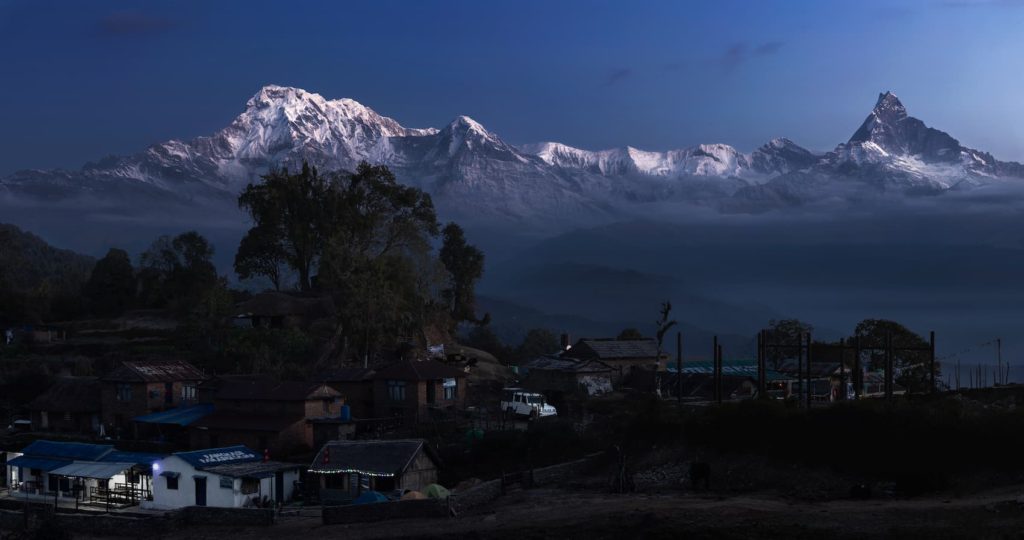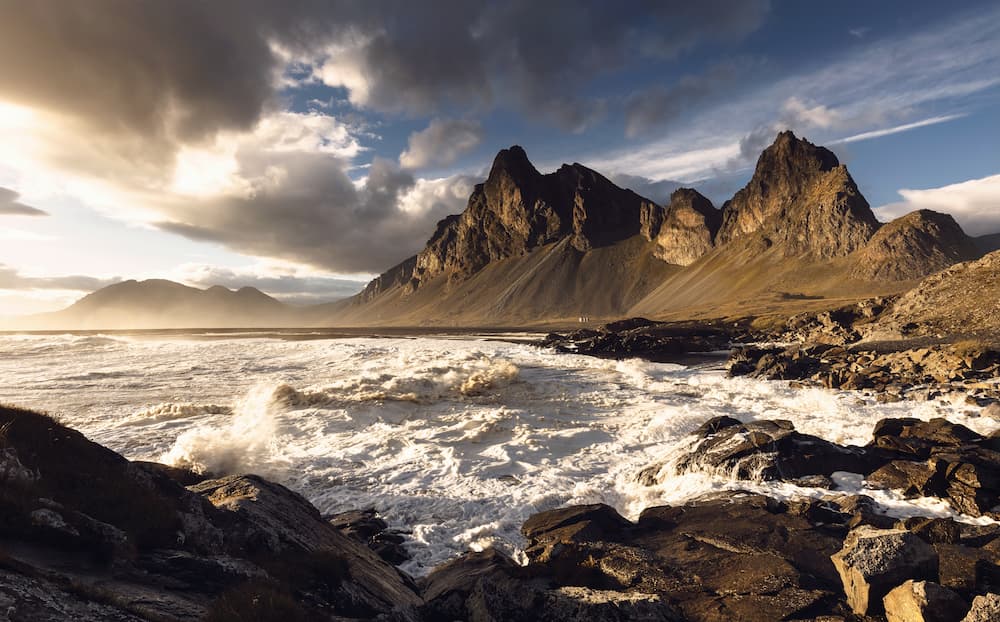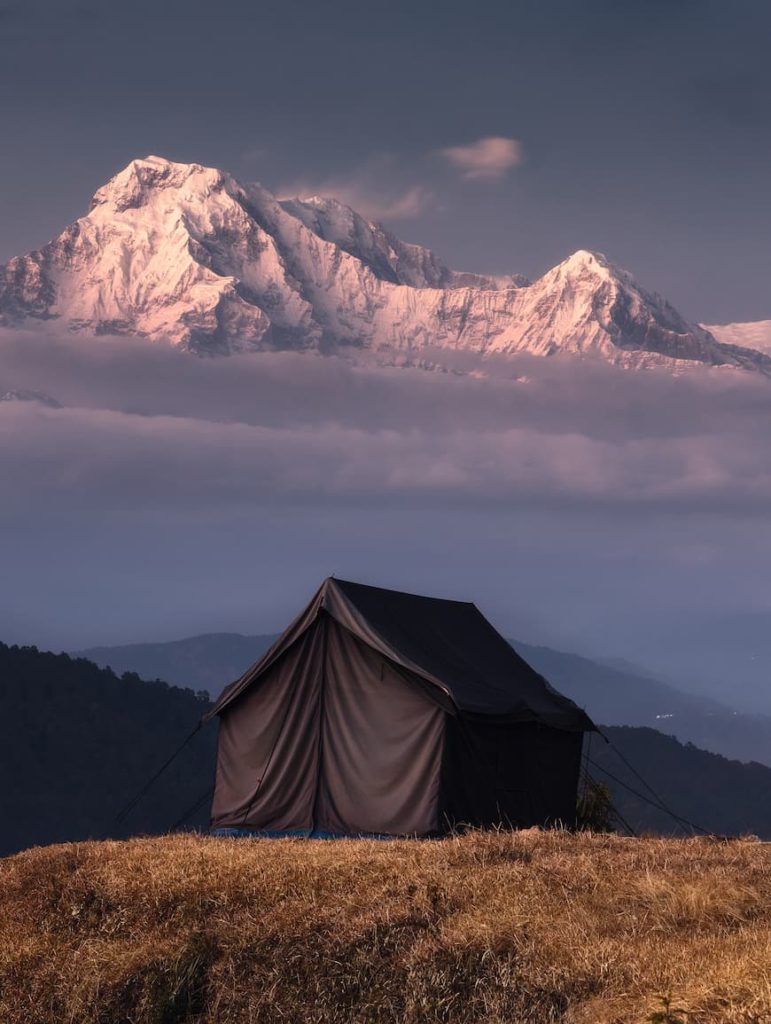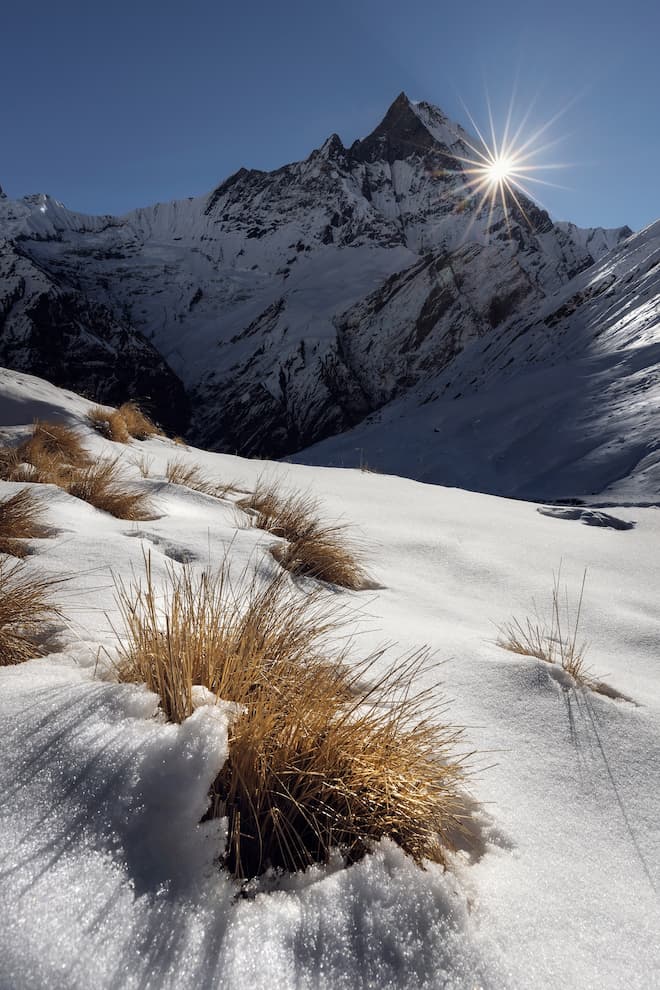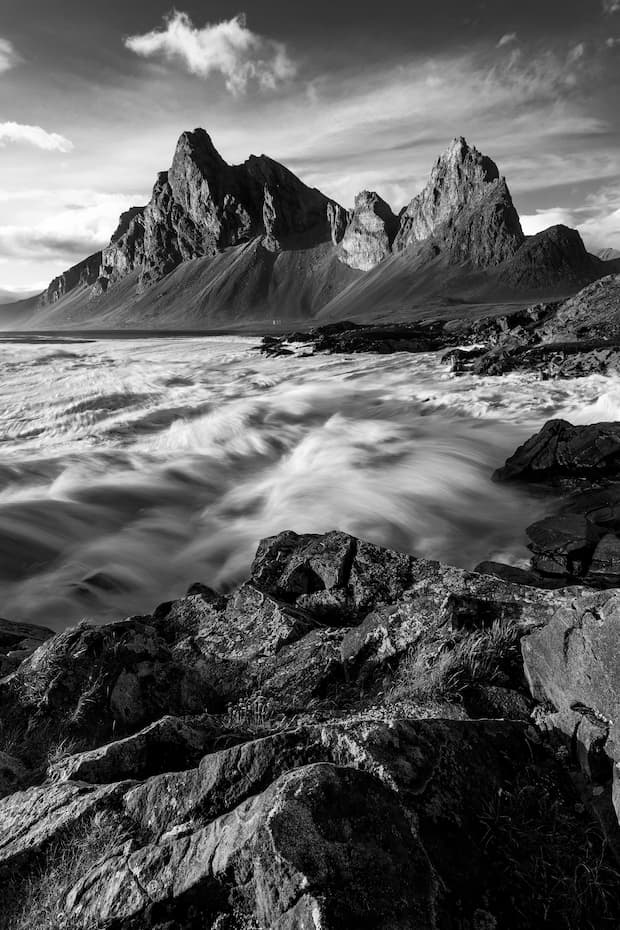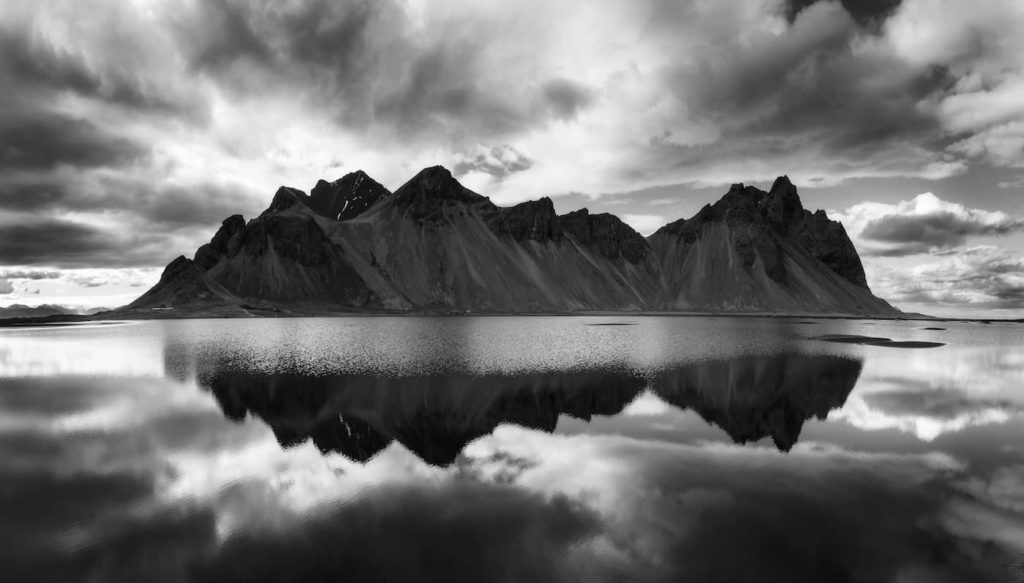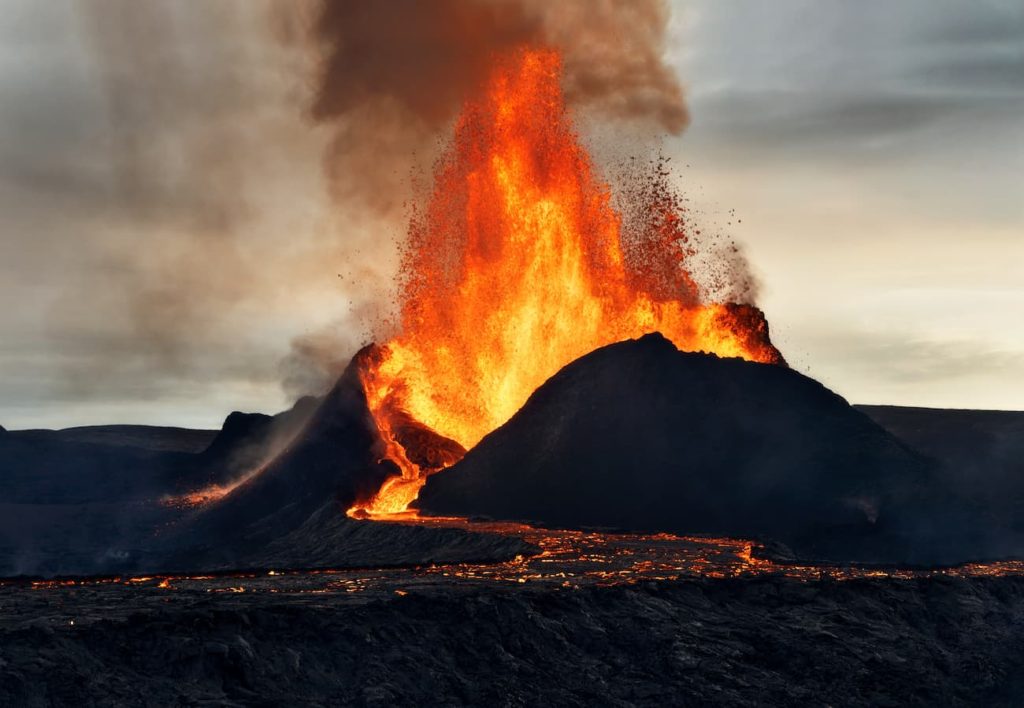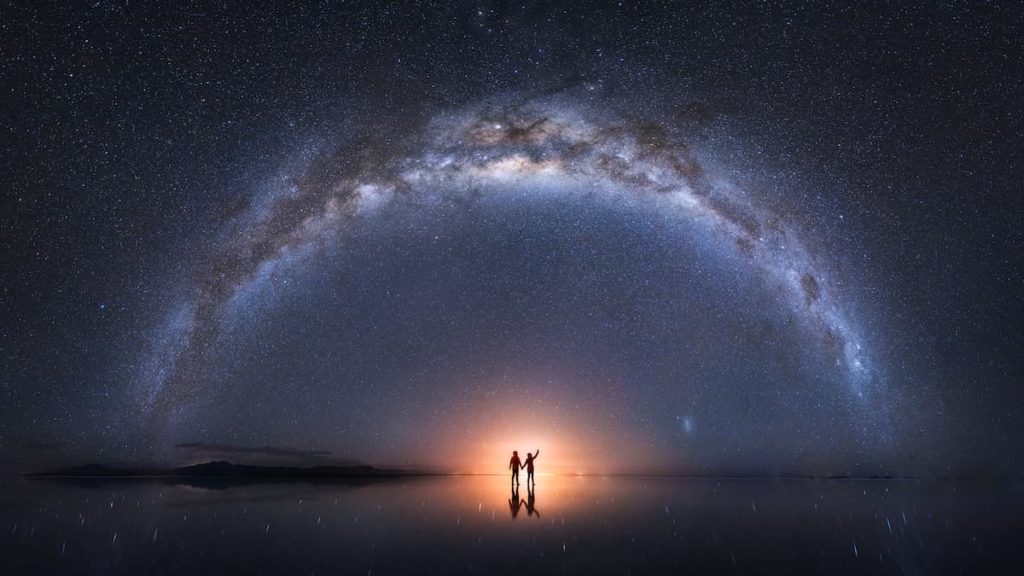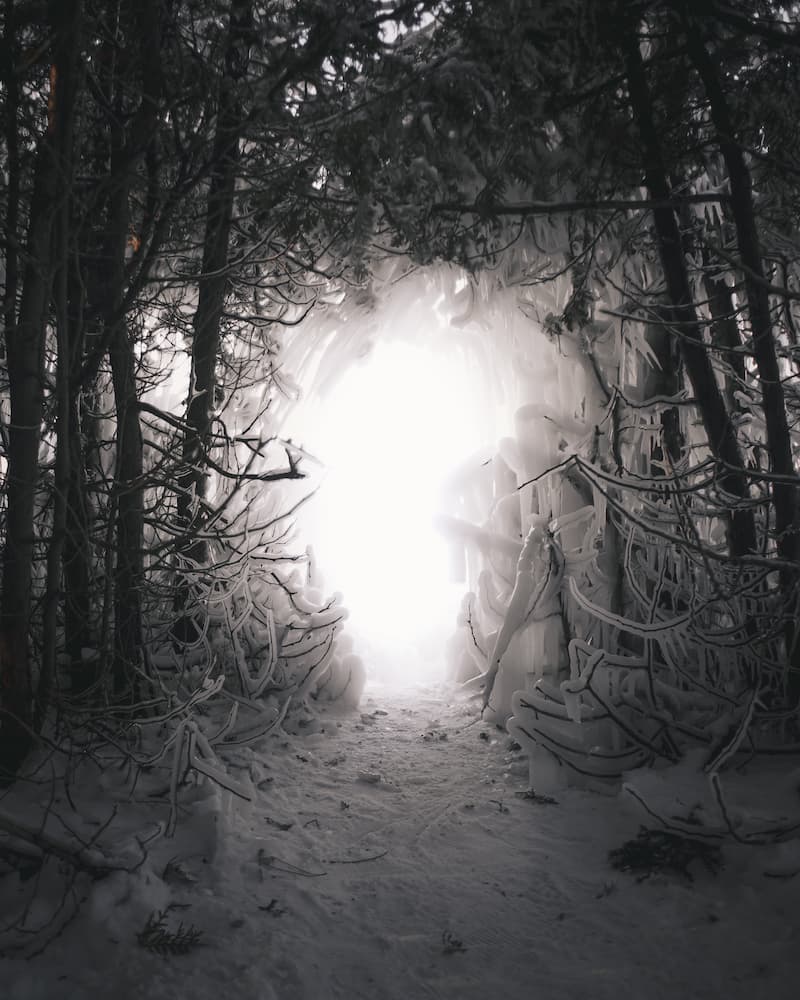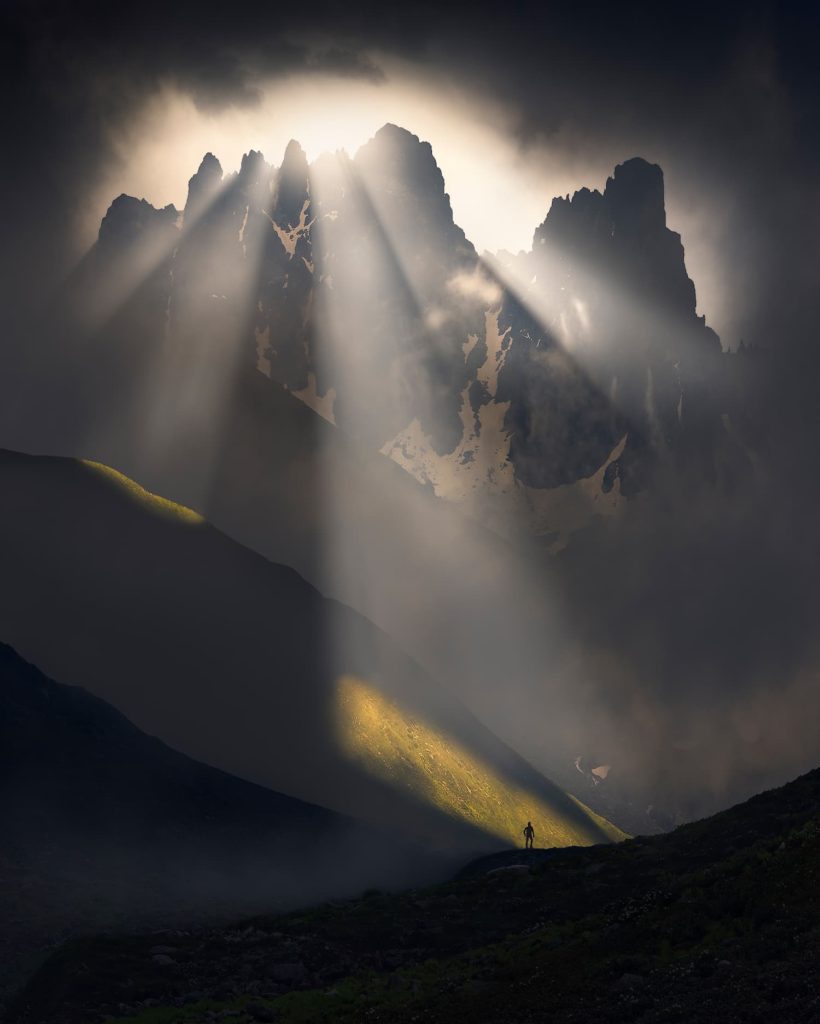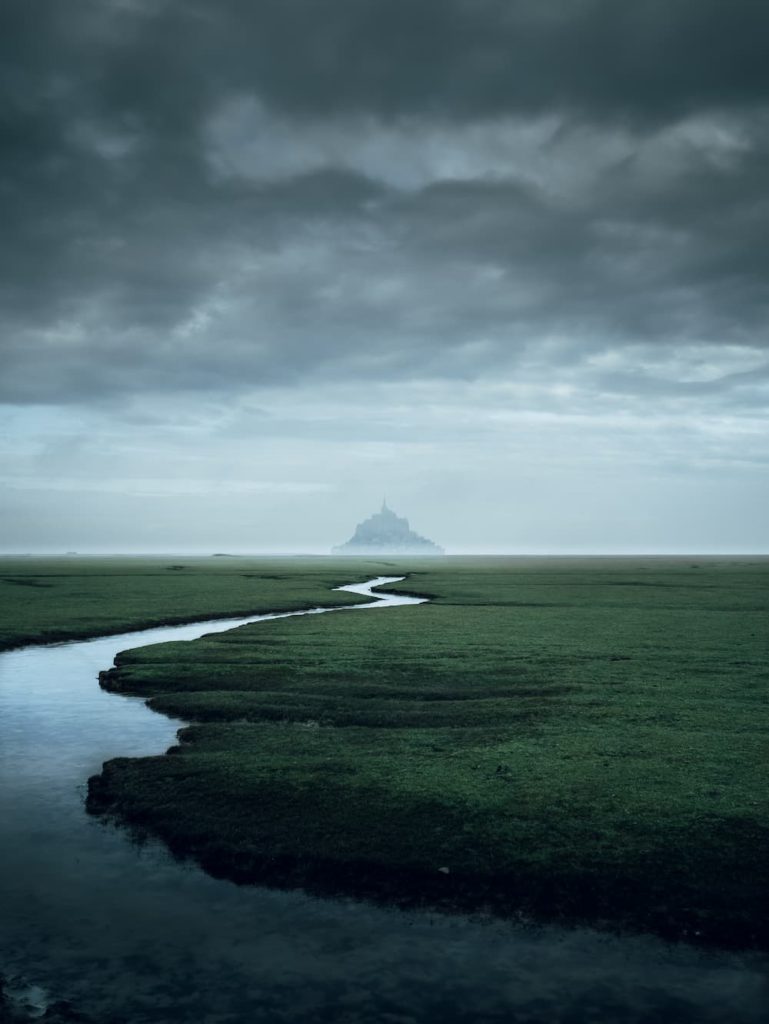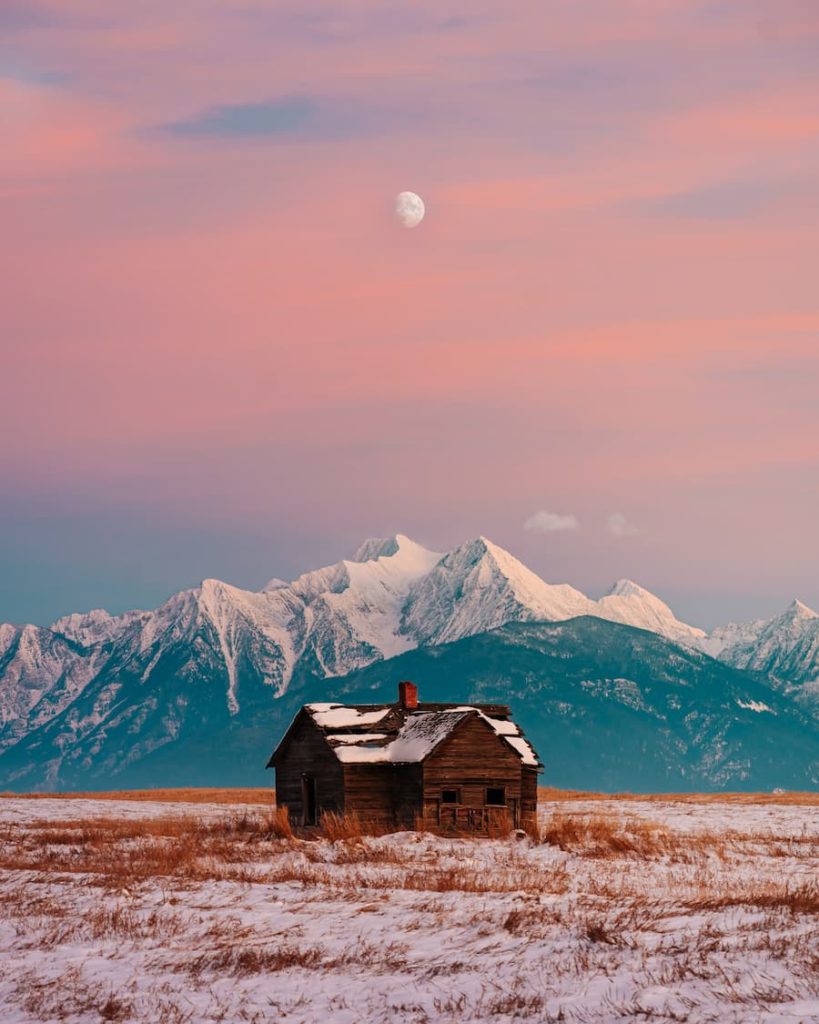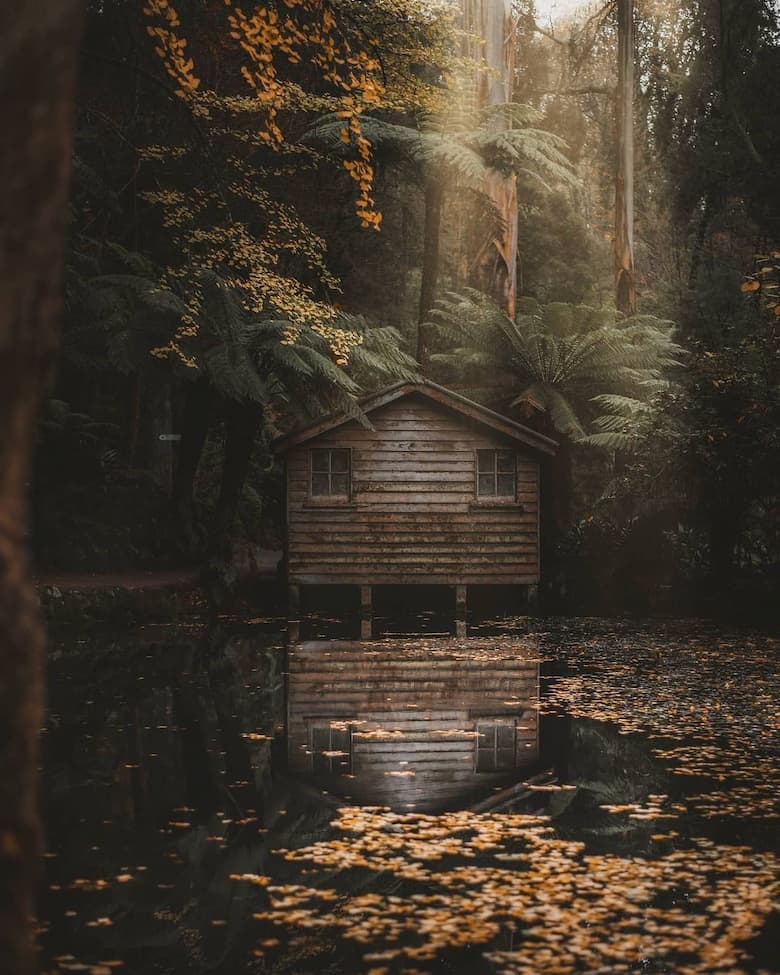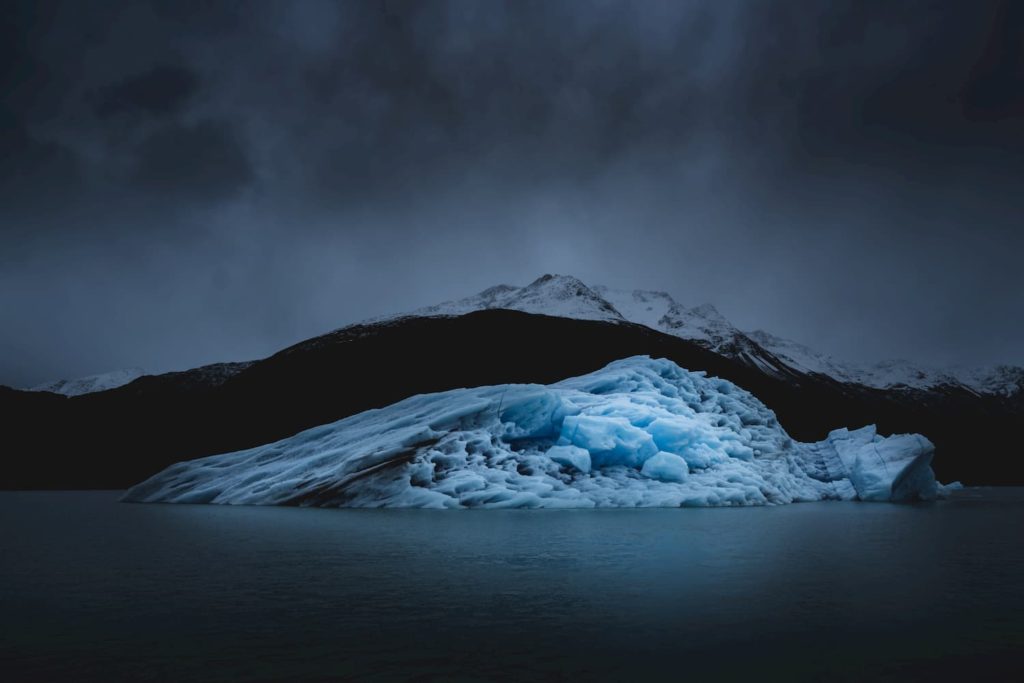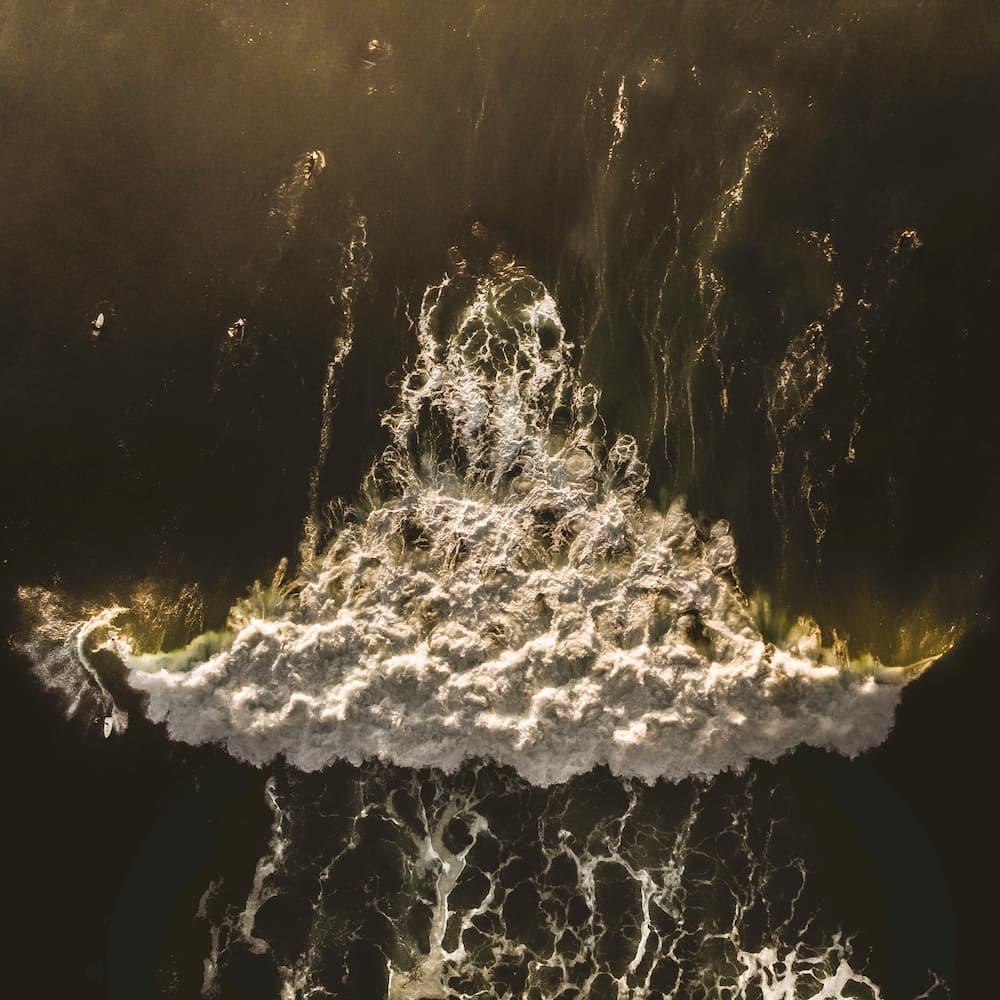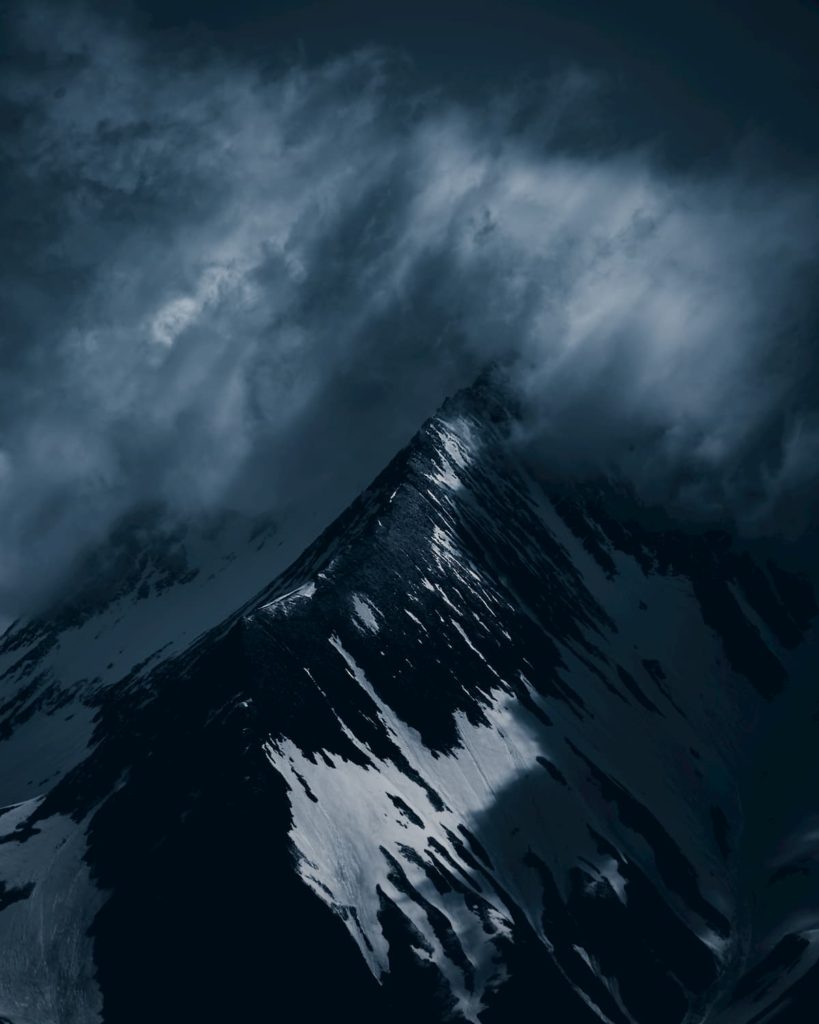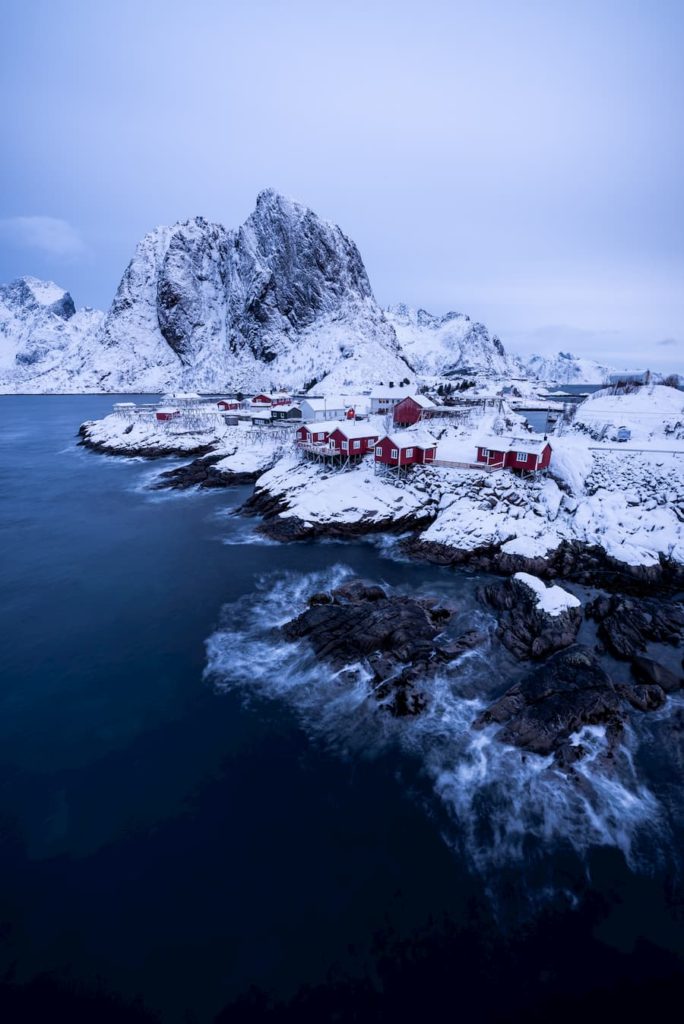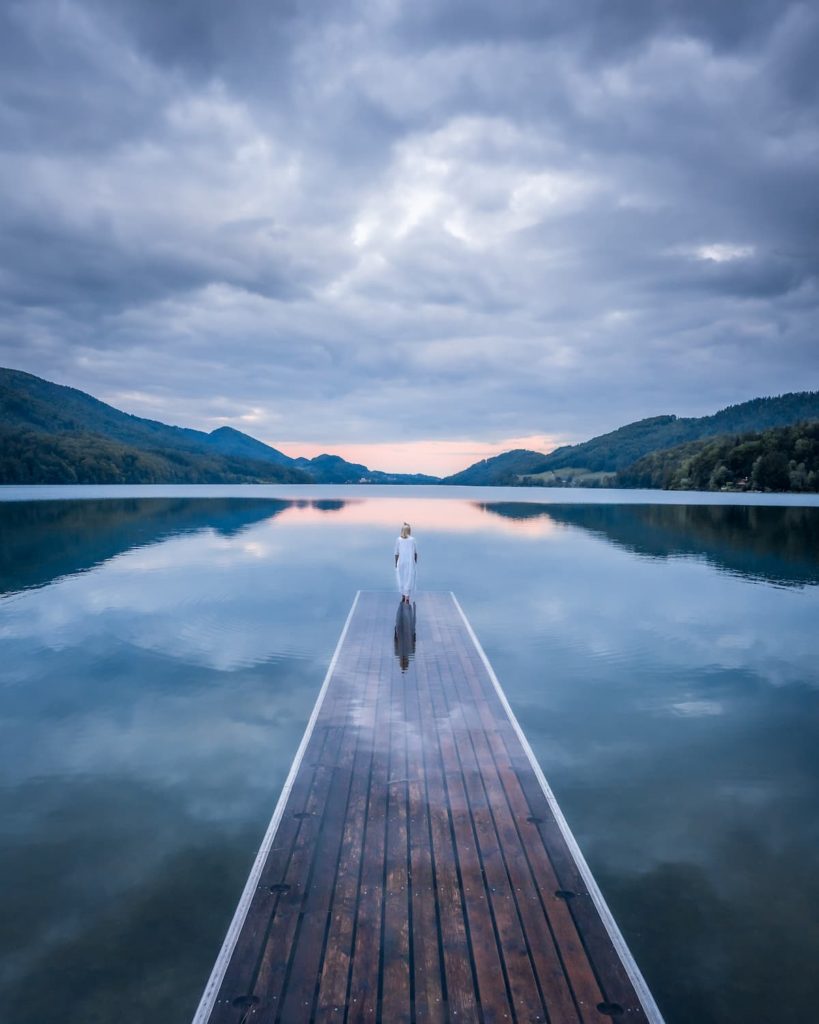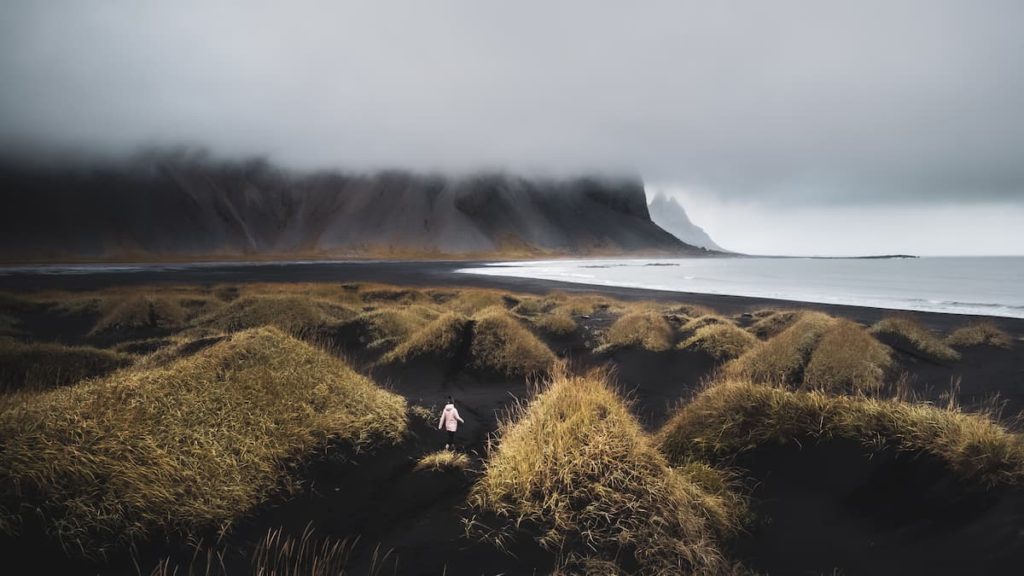
Vladimir Borzykin
@vladslandscapephotography
Landscape photographer from Lithuania
It would be easy to say that a particular event or decision brought me to where I am today, to the path I am following. In reality, it is always a set of small choices and events that eventually lead to where you are and what you are doing at a certain moment in time. That’s also how I arrived at this artistic and adventurous journey.
My curiosity for travel had been aroused and been growing over the years, which eventually resulted in a 6-month trip through Asia in 2012. It was overwhelming in many different ways and set the wheel spinning.
"I've been on a one-way trip since 2014, with some stops in between for seasonal work to facilitate the traveling way of life."
I have spent most of my time in Asia. Apart from the first trip, where I quickly explored Asian countries, this continued one-way trip included stops that were quite prolonged as I would sometimes stay for 3-4 months or longer in one particular place, living mostly with local people.
All in all, I have spent about two years in India, about four years in Indonesia (my favorite country) and then there were Thailand, Nepal, Laos, Cambodia, Vietnam, Malaysia….as well as Egypt and Iceland.
As far as finding jobs in Asia, one has to be an opportunist because in many ways it is not easy to work legally whilst traveling. I was able to try selling hand-made handicrafts, being a DiveMaster for a scuba diving place, and selling vegetables from the garden we created with locals in Indonesia (but this was mostly not for personal profit). At one point I met some other travelers in India who pointed me towards Iceland. I must say that a few summer seasons working in tourism there has done a great job at keeping my traveling lifestyle going as well as providing unbelievable photography experiences and encounters with unique nature.
"My way of traveling is what people would refer to as "budget".
Normally, I would search for small guesthouses and homestays as a choice of accommodation, but for the last few years of traveling, I have mostly lived with local people distinct from the way of general tourism. As an example, I have stayed with a local fisherman in a hut for around six months on a small island in Indonesia doing all the activities that local fishermen usually do. In the first year of Covid-19, we were staying in a Sumatran jungle village involved in activities with the local community.
At this moment, circumstances dictate where to go next, as travel restrictions in the world make it impossible to have total freedom of choice. It is an interesting time for all those who travel.
"For me, travel is a constant search, breaking my comfort zone and hopefully at some point, finding a balance…"
My involvement with photography has its roots down this traveling rabbit hole. Most people just love nature, traveling, adventure and casually taking pictures… Some get addicted to it. At some point during the first few years of traveling, I realized that those quick snapshots I was taking at the time could never convey the feeling, mood, and experience of the moment neither to myself nor to the others viewing the photos – It felt like a lost memory. Now that I’ve gotten into photography, it feels like such a waste that I didn’t photograph so many unique and remote places that I probably won’t visit again in a proper way.
On top of that, during certain stages of my travels, witnessing environmental destruction whilst revisiting some of my favorite locations affected me in a profound way. For example, East Kalimantan (Borneo) and small islands just off its coast (like Derawan and Maratua islands), a few places on Sumatra island as well as mainland Malaysia and the Indian subcontinent. Beautiful hills turned to rubble to give way to new highways. Forests burned in crazy vast amounts to free space for some plantations. Pristine beaches turned into rubbish dumps within two or three years.
"I think the most vivid memory came while traveling through Kalimantan (Indonesian part of Borneo), where we stopped to observe burning or smoldering areas as far as the eye could see (without exaggeration) of what recently had been a primary forest."
The cause of these fires has long been a controversial subject in Indonesia and attracted international attention on a big scale but it is very difficult to know the truth regarding this subject. One organization ‘The Gecko Project’ has done and continues to do research on this and related subjects, and it contains a great deal of interesting and revealing information that may often surprise environmentally aware readers. In this regard, photography can teach us to be silent observers. Making impactful photos that speak volumes and invoke emotional reactions would be an incredibly much more useful skill than just offering one’s verbal opinion.
But apart from some random snapshots that are good for nothing, this memory from Kalimantan is only in my head. I wish I could share not only the plain images but the impression it made on me and the way it was seen through my eyes. Unfortunately, my photography skills at the time were pretty basic. Of course, there were also countless positive experiences and encounters that made me wanna photograph landscapes.
"Photography, kind of, rolled in on top of traveling as natural progress."
To make photos that would do any justice to the things I was witnessing/experiencing, I had to up my game with photography skills. Slowly, I started to approach photography as an art. Studying camera techniques, paying attention to composition, post-processing with awareness to the idea behind the shot, as well as taking inspiration from other photographers’ work. The ultimate goal was and is to document those unique places, moments, experiences with due beauty and impactfulness… Capture the atmosphere but not ruin aspects of the reality of the scenery in post-production. My photography is not necessarily documentary; there is a definite part of the artistic vision but relatability has a certain weight. The viewer should be able to be sure that the place is real and it can be seen in this way given the right conditions.
"But surely, as photographers, we should not be limiting ourselves and always try to explore and expand our creative vision for the benefit of artistic expression."
My philosophy in photography is definitely to reflect and draw knowledge from previous generations of photographers as a base for one’s own work and not to worry too much about personal style or what’s popular. I am fascinated by the wealth of knowledge that previous generations of photographers possessed, and their complete dedication to the art of photography.
Post-production becomes more interesting as one’s photography skills improve. It’s like chasing your own imagination – First creating an image in your head and then trying to match it with the results from the camera. And as good images are not so easily created, when one achieves the expected result, it is a truly great feeling.
"With my post-processing techniques, I try to achieve a more subdued color but somewhat rough contrast that represents the reality of this world more than pushing the end result to a fairy-tale-like effect, however appealing it might be."
It is important for me to maintain the integrity of the photo without adding any external objects that did not exist there in the first place. Editing is just like a toolbox; for me, there are no favorite tools, it all depends on the job at hand. Since I try not to push my post-processing too far, the selection of tools is important. I use Camera Raw and Photoshop. I use exposure blending quite a bit as it overcomes some dynamic range limitations of the camera. Being chaotic by nature, it was a challenge for me to set up a neat and structured workflow process for editing but I do believe it is an absolute necessity. My goal is to improve and achieve even better results in the field through camera techniques, choice of location, timing, composition, and other creative aspects.
If any photograph is to stand the test of time, it has to be more than fancy digital editing techniques. In our digital world, it is easy to fall into the quantity trap, trying to produce an ever-growing amount of images to satisfy the appetite of different platforms. But by default, even the best artists cannot produce a huge amount of work of the highest quality and if all day we keep on staring at mediocre images as an inspiration…what would our own art be like? We should keep photography unique.
"Photography deals exquisitely with appearances, but nothing is what it appears to be" - is a quote of Duane Michals, an American photographer."
For me, it means that as photographers we have tools and a creative vision at our disposal to show that there are many ways to look at any object, subject, or situation and the way we use these tools will determine the creative expression and ultimately the quality of a piece of art produced. There are so many hidden things that are in plain sight and with photography, those secrets can be revealed.
Recently I started doing more Black & White photography, influenced by photographers like Sebastiao Salgado, Ansel Adams, Michael Kenna… It seems that there is more to look at in BW photos, as one pays much more attention to shapes, form, details, and composition as opposed to being overpowered by bright/vivid colors. B&W is an interpretation of reality by default but for me, it can be more real than any color image. Obviously, it is a matter of personal preference. In time, I would like a big part of my overall photography material to be in Black and White.
Another aspect of a qualitative final product is printing, which takes one’s photography to another dimension. It’s a totally different experience looking at digital or printed images. Somehow it is a completion to the whole process and of course a learning curve with its own peculiar set of challenges. It has a definite effect on attention to detail whilst taking the photos as well as while post-processing. Unfortunately, life on the road doesn’t make it easy to be fully dedicated to this process.
"I travel and photograph, and I'm completely immersed in it even though traveling life is anything but easy."
I have never done a separate photo trip – it’s just that wherever I go, the camera is with me. It just seems so peculiarly suited to the lifestyle at the moment; photography provides an extra dimension to this traveling equation. The main inspiration is imagination and the main challenge is to create photos that fully match the idea and vision that existed prior to making it.
For me, it’s landscapes that have captured my attention and I hope to provide an ever-improving quality of photos as time goes by. And maybe, at some point, I will even be able to fully sustain this lifestyle with the help of photography.
Would you like content like this sent to your inbox?
NOMADICT
ART GALLERY
THE LATEST STORIES
WRITEN WITH PASSION TO INSPIRE YOU
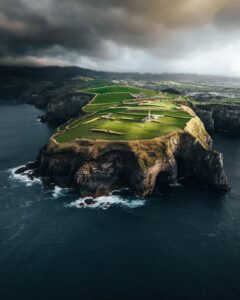
Photo tour in Azores, Portugal
Join us in the Azores for a unique photo tour, where you’ll elevate your creative skills with expert guidance from Ronald Soethje, Bruno Ázera, and Nomadict.
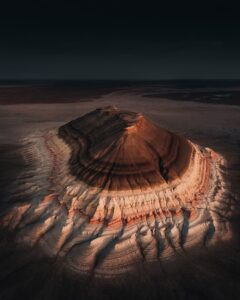
Forest Kai (@forest1kai): Photographer based in the US
In this article, Forest shares how years of chasing scale, silence, and raw landscapes shaped his approach to photography, from the deserts of Kazakhstan to the volcanic ridges of Iceland. He talks about how he uses light, texture, and vast negative space to create images that feel both intimate and overwhelming.
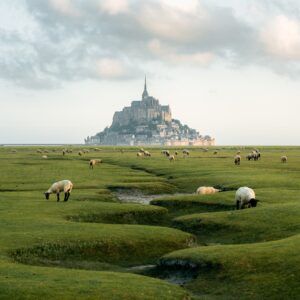
Simon Hechtbauer (@roamwithsimon): Best of the Week 32 at #nomadict
Simon shares the journey behind his photography, from early inspirations to field techniques, editing, and the story of the winning shot that shaped his path.

Miroslav Maršík (@miromarsik): Photographer based in Czech Republic
In this article, Miro shares how his love for cinematic music evolved into a deep passion for photography and how he uses light, color, and atmosphere to turn the streets of Prague into living film scenes.

Aurora photography panorama workflow: A guide to camera settings, editing, and color
In this article, Stefanie reveals how her background in physics sparked her passion for astrophotography and how she blends science with creativity to capture the beauty of the night sky. Readers will discover her approach to color, contrast, and editing, as well as her aurora photography workflow.

Yhabril (@yhabril): Best of the Week 33 at #nomadict
Spanish photographer Yhabril captures the profound connection between humans and the mountains that shaped him. Growing up in the Pyrenees, his work bridges outdoor sports, landscapes, and celestial scenes — often blending athletes, moonlight, and wilderness into striking visual stories.

Ariane Totzke (@besondersschwierig): Photographer based in Switzerland
In this article, Ariane shares how photography helped her navigate personal challenges, connect authentically with people and animals, and develop a philosophy rooted in empathy and artistic freedom. Readers will also discover her ethical approach to wildlife photography and her trusted equipment for both camouflage techniques and cameras.

How to photograph Dutch tulip fields: A guide to light, gear, composition, and colors
Discover how to photograph Dutch tulip fields in their most magical light. From choosing the right gear and lenses to mastering composition, color, and aerial perspectives, this guide shares creative techniques to capture the beauty of the Netherlands’ tulips. Learn how light, color grading, and proportion bring emotion into every frame.
